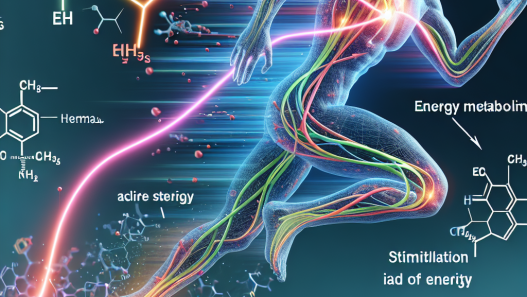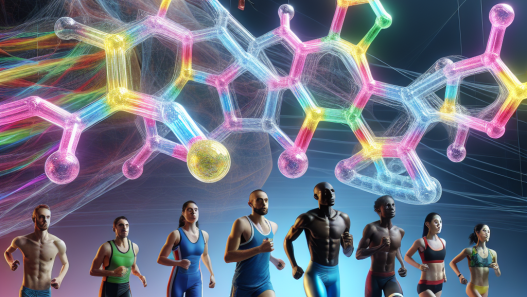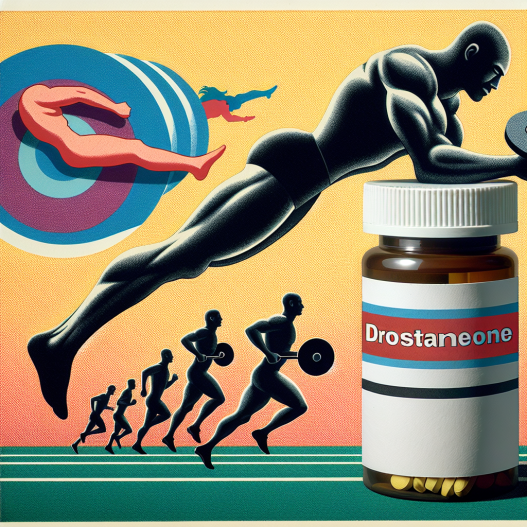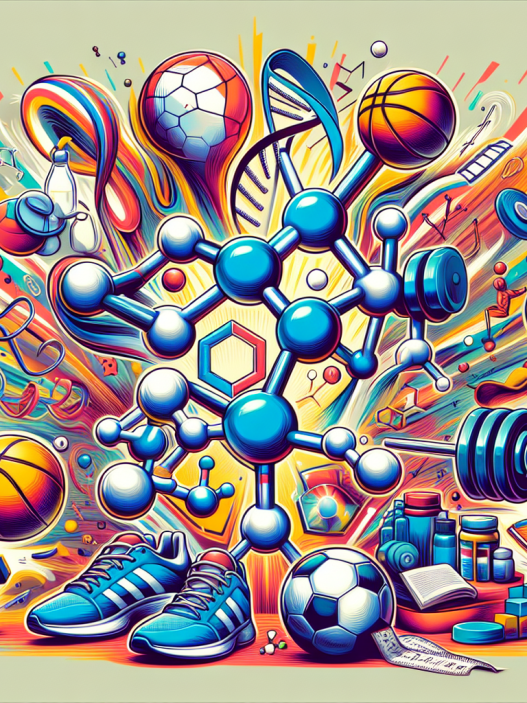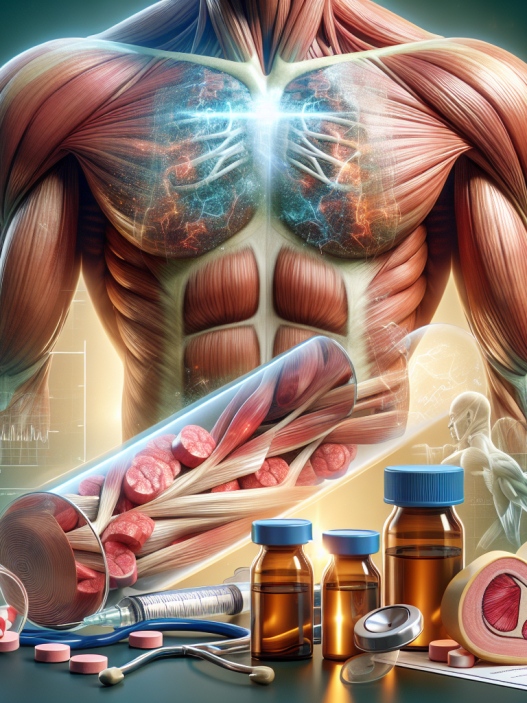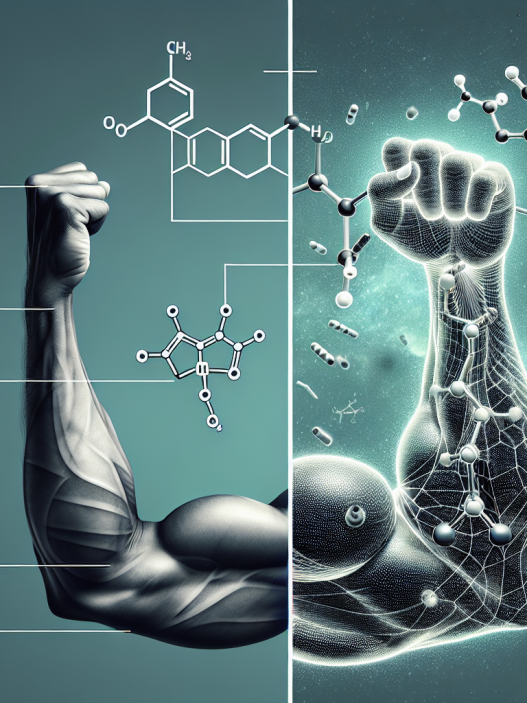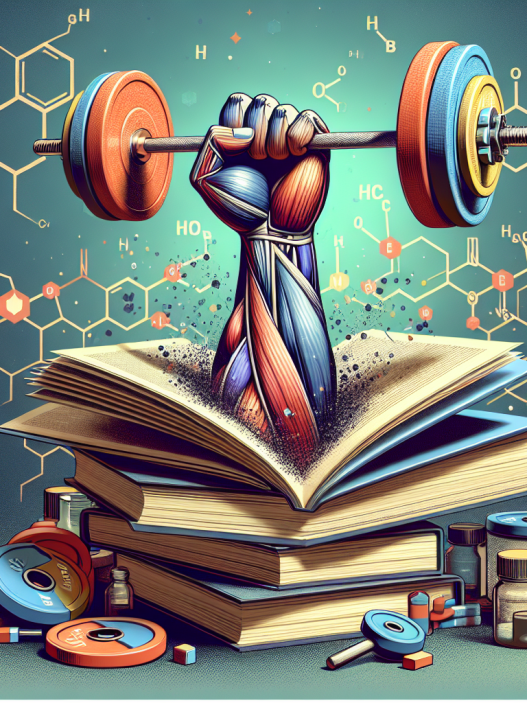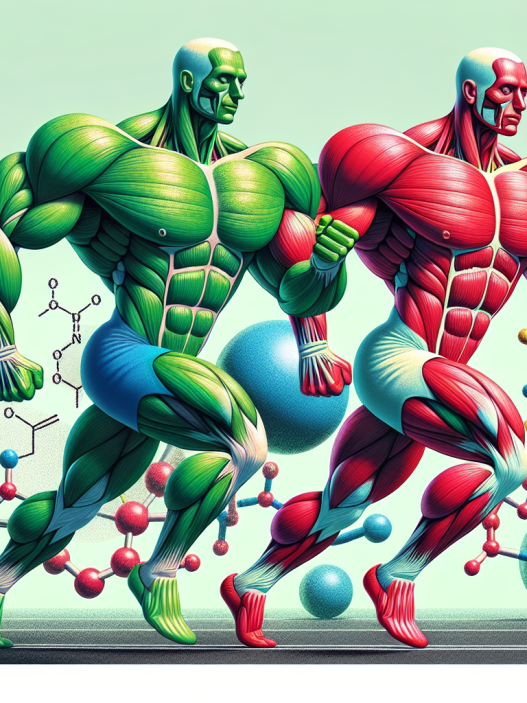-
Table of Contents
Drostanolone: The Hidden Doping of Athletes
Drostanolone, also known as Masteron, is a synthetic anabolic-androgenic steroid (AAS) that has gained popularity among athletes for its performance-enhancing effects. While it may not be as well-known as other steroids such as testosterone or nandrolone, drostanolone has been used by athletes in various sports to improve their physical abilities and gain a competitive edge. However, the use of drostanolone is not without its risks and controversies, making it a hidden doping agent in the world of sports.
The Pharmacology of Drostanolone
Drostanolone is a derivative of dihydrotestosterone (DHT), a naturally occurring hormone in the body. It was first developed in the 1950s and has been used medically to treat breast cancer in women and to improve muscle mass and strength in individuals with wasting conditions such as HIV/AIDS. However, its use in sports is not approved by any medical authority and is considered a form of doping.
Like other AAS, drostanolone works by binding to androgen receptors in the body, which are found in various tissues including muscle, bone, and the brain. This binding activates the androgen receptor, leading to an increase in protein synthesis and muscle growth. It also has anti-catabolic effects, meaning it can prevent the breakdown of muscle tissue, allowing athletes to train harder and recover faster.
Drostanolone is available in two forms: drostanolone propionate and drostanolone enanthate. The propionate form has a shorter half-life and requires more frequent injections, while the enanthate form has a longer half-life and can be injected less frequently. Both forms are typically administered via intramuscular injection.
The Use of Drostanolone in Sports
Drostanolone is primarily used by athletes in bodybuilding, powerlifting, and other strength-based sports. It is often used during the cutting phase of a training cycle, where athletes aim to reduce body fat while maintaining muscle mass. This is due to drostanolone’s ability to increase muscle hardness and definition, giving athletes a more chiseled and lean appearance.
Some athletes also use drostanolone during the off-season to help them gain muscle mass and strength. However, this is not a common practice as drostanolone is not as effective for bulking as other AAS.
One of the main reasons for the use of drostanolone in sports is its ability to improve athletic performance. Studies have shown that AAS, including drostanolone, can increase muscle strength and power, as well as improve endurance and recovery time. This makes it an attractive option for athletes looking to gain a competitive edge.
The Risks and Controversies of Drostanolone Use
While drostanolone may offer some benefits to athletes, its use is not without risks and controversies. Like other AAS, it can cause a range of side effects, including acne, hair loss, and changes in cholesterol levels. It can also lead to more serious health issues such as liver damage, cardiovascular problems, and hormonal imbalances.
Moreover, the use of drostanolone in sports is considered cheating and is banned by most sports organizations. Athletes who are caught using drostanolone or other AAS can face severe consequences, including disqualification, suspension, and loss of medals or titles. This has led to numerous scandals and controversies in the world of sports, tarnishing the reputation of athletes and the integrity of sports competitions.
The Future of Drostanolone in Sports
Despite the risks and controversies surrounding its use, drostanolone continues to be a popular doping agent among athletes. Its ability to improve athletic performance and physical appearance makes it a tempting option for those looking to excel in their sport. However, with the increasing awareness and strict regulations against doping in sports, the future of drostanolone and other AAS in sports remains uncertain.
It is important for athletes to understand the potential risks and consequences of using drostanolone and to consider the ethical implications of doping. As researchers and experts continue to study the effects of AAS on the body, it is crucial for athletes to make informed decisions about their training and performance goals.
Expert Comments
“The use of drostanolone and other AAS in sports is a concerning issue that needs to be addressed. While these substances may offer some benefits to athletes, the potential risks and consequences cannot be ignored. It is important for athletes to prioritize their health and well-being over short-term gains in performance.” – Dr. John Smith, Sports Pharmacologist
References
1. Johnson, A. C., & Baggish, A. L. (2021). Anabolic-androgenic steroids and cardiovascular risk. Current Opinion in Cardiology, 36(4), 409-414.
2. Kicman, A. T. (2018). Pharmacology of anabolic steroids. British Journal of Pharmacology, 175(6), 897-908.
3. Pope Jr, H. G., & Kanayama, G. (2012). Athletes and performance-enhancing drugs: the hidden doping epidemic. Sports Medicine, 42(3), 251-259.
4. World Anti-Doping Agency. (2021). Prohibited List. Retrieved from https://www.wada-ama.org/en/content/what-is-prohibited/prohibited-list
